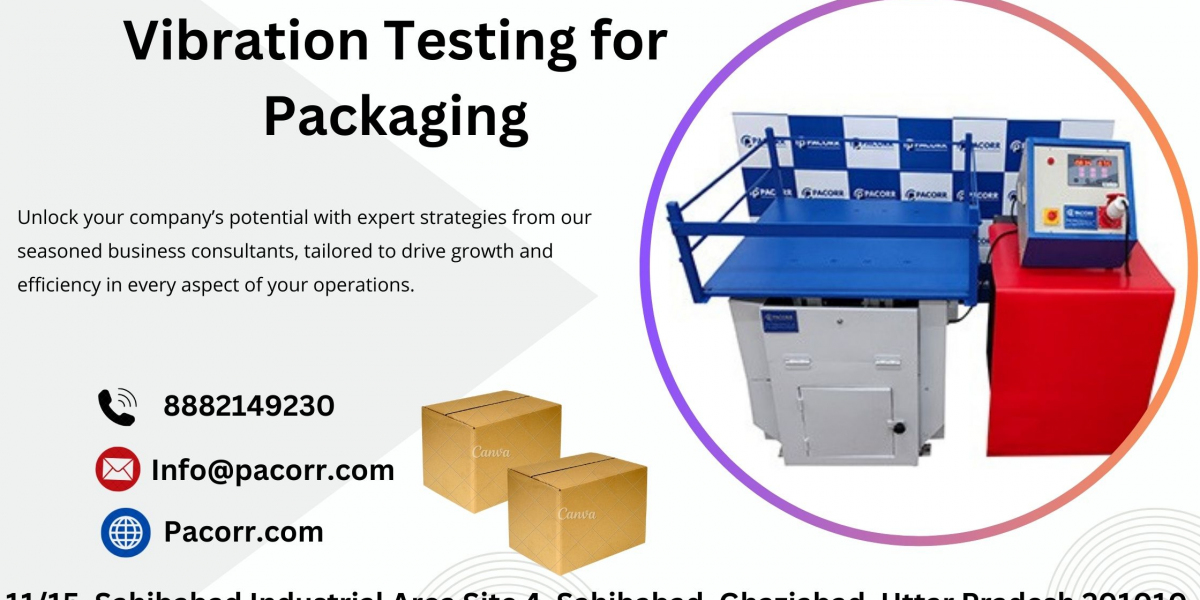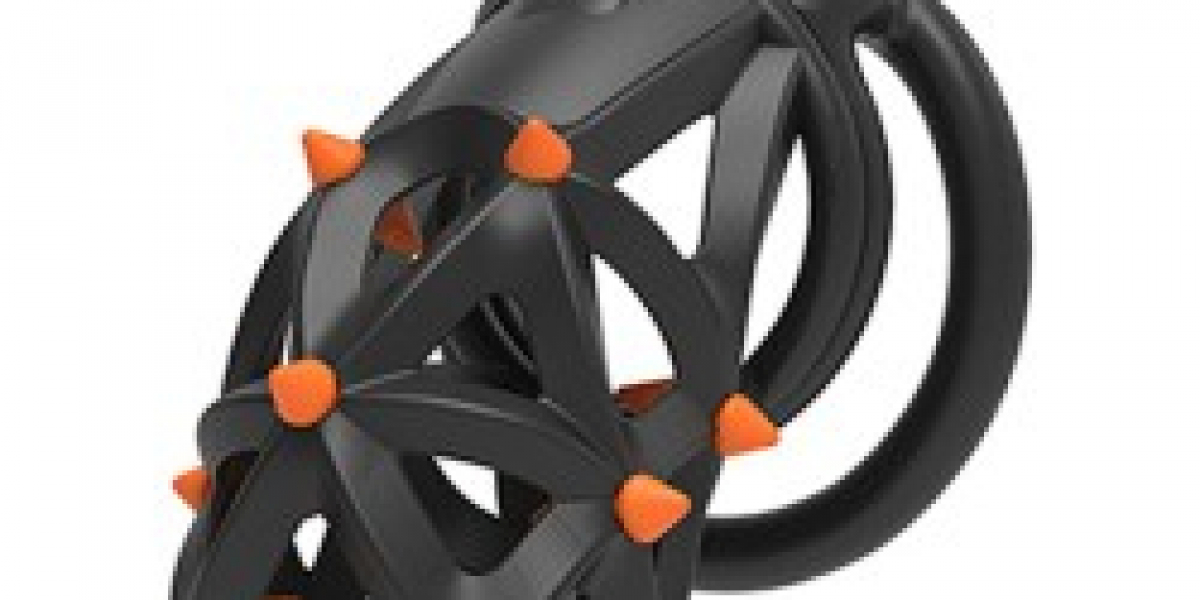To avoid these issues, vibration testing for packaging is a critical step in ensuring that packaging materials and designs can withstand real-world shipping conditions.
At Pacorr.com, we specialize in vibration testing solutions to help businesses create stronger, more durable packaging that protects products during transit. In this article, we will discuss the importance of vibration testing, its benefits, and how it works.
What is Vibration Testing for Packaging?
Vibration testing is a quality control method used to evaluate how well packaging can protect products from movement, impact, and external forces during shipping and handling.
Common Sources of Vibration in Transit:
✔ Road Transport – Uneven roads, vehicle acceleration, and sudden stops.
✔ Air Freight – Vibrations from turbulence and landing impact.
✔ Rail Transport – Constant movement caused by train tracks.
✔ Warehouse Handling – Forklifts, conveyor belts, and stacking pressure.
By performing vibration tests, manufacturers can identify weaknesses in packaging and make necessary adjustments to prevent damage.
Why is Vibration Testing Important?
1. Prevents Product Damage
Fragile products, including electronics, glassware, medical devices, and industrial components, need reliable packaging to prevent cracks, breakage, and malfunctions during transit.
2. Reduces Returns and Financial Losses
Damaged shipments result in higher return rates, additional replacement costs, and customer complaints. Vibration testing helps minimize these risks, reducing financial losses.
3. Ensures Compliance with Industry Standards
Many industries require compliance with global packaging safety standards. Some common standards include:
- ASTM D4169 – Performance testing for shipping containers.
- ISTA Standards – International Safe Transit Association guidelines.
- ISO 13355 – Standard for vibration testing of packaging.
Meeting these standards ensures safe product delivery, smooth logistics, and compliance with industry regulations.
4. Improves Packaging Design and Cost Efficiency
Through vibration testing, businesses can:
✔ Choose better materials for enhanced durability.
✔ Reduce excess packaging without compromising safety.
✔ Optimize packaging design for better shock absorption and stability.
This results in cost-effective, high-performance packaging solutions.
5. Enhances Customer Satisfaction and Brand Trust
When customers receive damage-free products, it builds confidence in the brand. Secure packaging reduces complaints and increases repeat business.
How is Vibration Testing Conducted?
1. Test Setup
The product is packed in its actual packaging and placed on a vibration testing platform (also known as a shaker table), which replicates real-world shipping conditions.
2. Vibration Simulation
Different vibration patterns are applied to simulate transit challenges:
✔ Random Vibration – Mimics unpredictable movements in shipping.
✔ Sinusoidal Vibration – Simulates constant mechanical vibrations from conveyor belts and machinery.
✔ Shock and Impact Testing – Evaluates packaging resistance to sudden drops and handling impact.
3. Data Collection and Analysis
Sensors track how the packaging responds to vibration, helping engineers analyze weaknesses and recommend improvements.
4. Packaging Optimization
Based on test findings, businesses can:
✔ Improve cushioning and protective padding.
✔ Strengthen materials for better impact resistance.
✔ Modify design for improved load distribution and transit durability.
This ensures that packaging is prepared for real-world shipping conditions.
Industries That Benefit from Vibration Testing
1. E-Commerce and Retail
Online shopping involves multiple handling and transportation stages before reaching customers. Vibration testing ensures secure packaging and reduces damage-related returns.
2. Electronics and Fragile Goods
Devices such as laptops, smartphones, and medical equipment require shock-resistant packaging to prevent internal and external damage.
3. Pharmaceuticals and Healthcare
Medicines, vaccines, and lab supplies must remain stable and uncontaminated. Vibration testing ensures safe transit and storage conditions.
4. Automotive and Aerospace Components
Precision parts must be shipped without damage or defects. Vibration testing helps ensure secure transportation of these high-value components.
5. Food and Beverage Industry
Glass bottles, packaged foods, and perishable goods require secure packaging to prevent leaks, breakage, and spoilage.
Why Choose Pacorr for Vibration Testing?
At Pacorr.com, we offer professional vibration testing services tailored to meet industry-specific packaging needs. Our solutions help businesses:
✅ Ensure safe product transportation with reliable packaging.
✅ Meet international packaging standards (ASTM, ISTA, ISO).
✅ Reduce financial losses from damaged shipments.
✅ Improve packaging efficiency and cost savings.
With expert analysis and state-of-the-art testing equipment, we help businesses create durable, high-performance packaging solutions.
Conclusion
Vibration testing is a crucial step in packaging quality control, ensuring that products remain secure throughout transportation. Investing in advanced vibration testing helps businesses reduce product losses, optimize costs, and enhance customer satisfaction.
At Pacorr.com, we provide high-quality vibration testing solutions to help businesses design stronger, more reliable packaging that withstands transit challenges.
? Ensure your packaging meets transit demands! Contact Pacorr today for expert vibration testing services! ?



